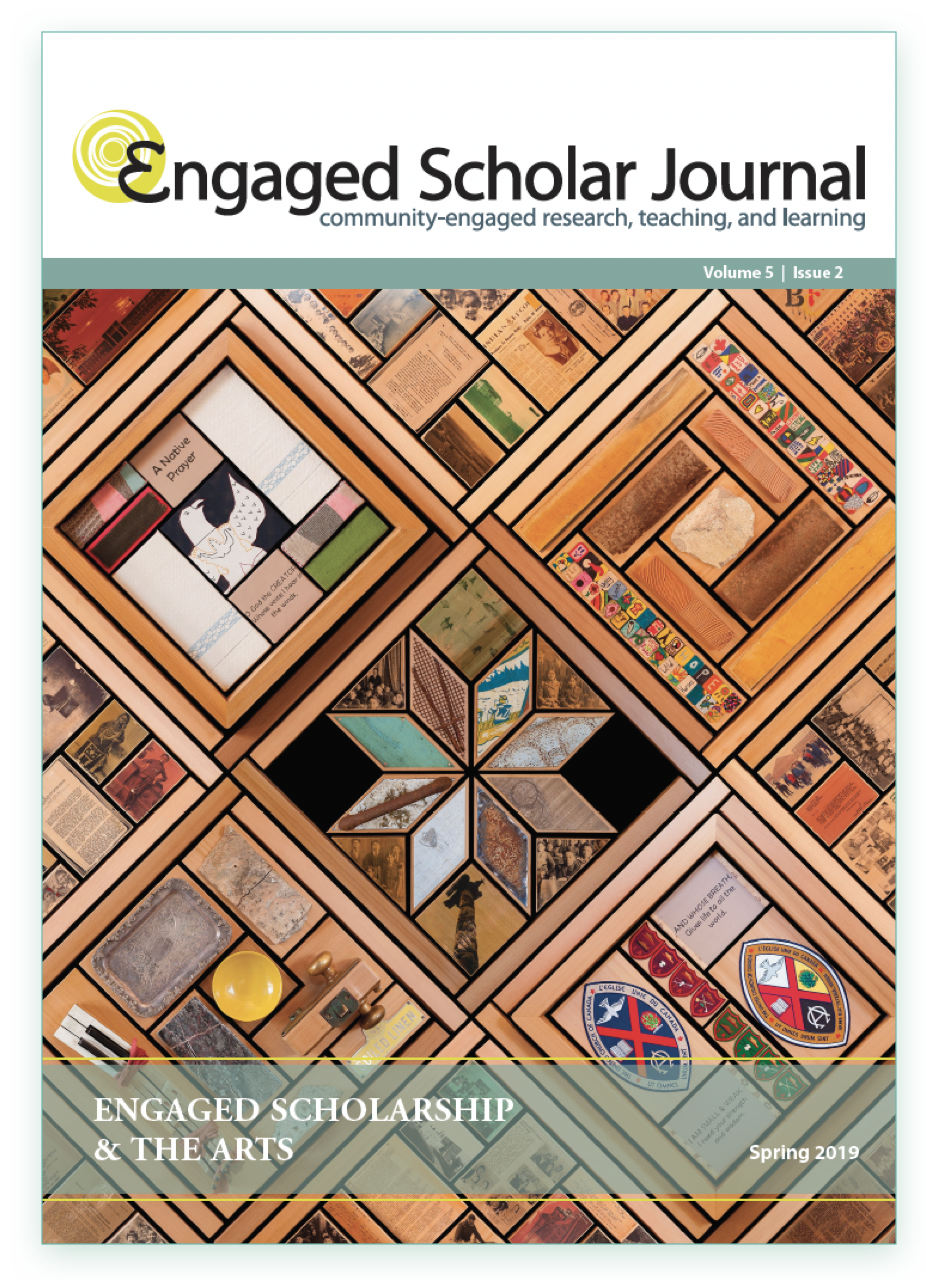Drawing Gender Equality: A Participatory Action Research Project with Educators in Northern Uganda
DOI:
https://doi.org/10.15402/esj.v5i2.68340Keywords:
Multimodality, gender, education, drawing, Uganda, engaged scholarshipAbstract
This paper reports upon an arts-based participatory action research project conducted with a cohort of 30 teachers in rural Northwest Uganda during a one-week professional development course. Multimodality (Kress & Jewitt, 2003; Kress & van Leeuwen, 2001) was employed as a “domain of inquiry” (Kress, 2011) for social semiotics (meaning-making within a social context) within which the participants both represented gender inequality as well as imagined gender equality. Multimodality recognizes the vast communicative potential of the human body and values multiple materials resources (such as images, sounds, and gestures) as “organized sets of semiotic resources for meaningmaking” (Jewitt, 2008, p. 246). Providing individuals with communicative modes other than just spoken and written language offers opportunities to include voices that are often not heard in formal contexts dominated by particular kinds of language, as well as opportunities to consider topics of inquiry from different perspectives and imagine alternative futures (Kendrick & Jones, 2008). Findings from this study show how a multimodal approach to communication, using drawing in addition to spoken and written language, established a democratic space of communication. The sharing and building of knowledge between the participants (educators in local contexts) and facilitator (university instructor/researcher) reflected a foundational tenet of engaged scholarship which requires “…not only communication to public audiences, but also collaboration with communities in the production of knowledge” (Barker, 2004, p. 126).
Downloads
Published
How to Cite
Issue
Section
License
Authors who publish with this journal agree to the following terms:
- Authors retain copyright and grant the journal right of first publication with the work simultaneously licensed under a Creative Commons Attribution License CC BY 4.0 that allows others to share the work with an acknowledgement of the work's authorship and initial publication in this journal.
- Authors are able to enter separate, additional contractual agreements for the non-exclusive distribution of the journal's published version of the work (e.g., post it to an institutional repository or publish it in a book), with an acknowledgement of its initial publication in this journal.
- Authors are permitted to post their work online (e.g., in an institutional repository or on their website) after the publication of their work in the Engaged Scholar Journal.
- Please note that while every opportunity will be taken to ensure author participation in the editing process, due to time constraints final copyediting changes may be made before publication to ensure APA adherence throughout all submissions.




